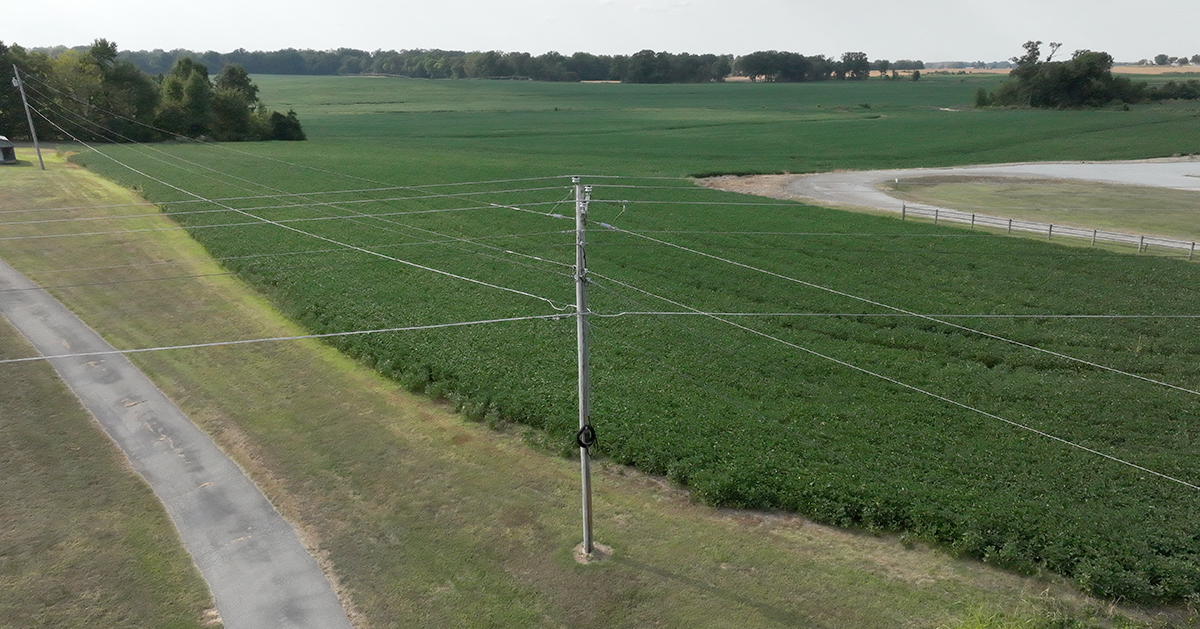Saving energy during peak times

Does your home buzz with activity in the early morning or right after dinner? That’s not just your routine — it’s part of a bigger picture. These are what we call “peak times,” when everyone’s flipping on lights, brewing coffee, cooking meals and unwinding with electronics. And while it might seem like business as usual, this surge in energy use puts a real strain on our power grid.
September marks the final month of our summer period (June-September), when electricity demand is typically highest between 1 and 7 p.m. That’s when air conditioners are running full blast, appliances are in use and families are returning home for the day. As we transition into fall, it’s a great time to be mindful of how and when we use electricity.
Gibson Electric Membership Corporation works around the clock to ensure that electricity flows to your home whenever you need it. Behind the scenes, an enormous and intricate system is at work — one of the most complex machines in the world: the U.S. power grid. The grid is made up of three major interconnections that span the country, each managing supply and demand through regional authorities to keep the lights on and our economy running smoothly.
Electricity comes from a diverse mix of sources — hydropower, natural gas, coal, solar, wind and more. Once energy is generated, it travels through high-voltage transmission lines to local utilities like Gibson Electric, which then deliver it to your home or business through distribution power lines.
When electricity demand surges during peak times, it’s more expensive to generate or purchase power. If supply can’t keep up, the risk of outages increases. That’s why using less energy during peak hours to ease strain on the grid is more important than ever.
So how can you “beat the peak?” Start by adjusting your thermostat a few degrees during peak hours. Smart thermostats can automate this for you. Delay using energy-hungry appliances like ovens, clothes dryers and dishwashers until later in the evening. If you have an electric vehicle, charging it overnight instead of right after you get home can also help.
Looking ahead, our winter period runs from December through March, with peak hours typically between 4 and 10 a.m. While these peak times are based on typical seasonal patterns, weather in the South can be unpredictable. Sudden cold snaps or heat waves can shift demand unexpectedly, so staying flexible and energy-aware is always a good idea.
Small actions taken by many households can lead to big results. When we all work together to reduce energy use during peak times, we protect our power grid, help control cooperative costs and ensure reliable electricity for our communities.